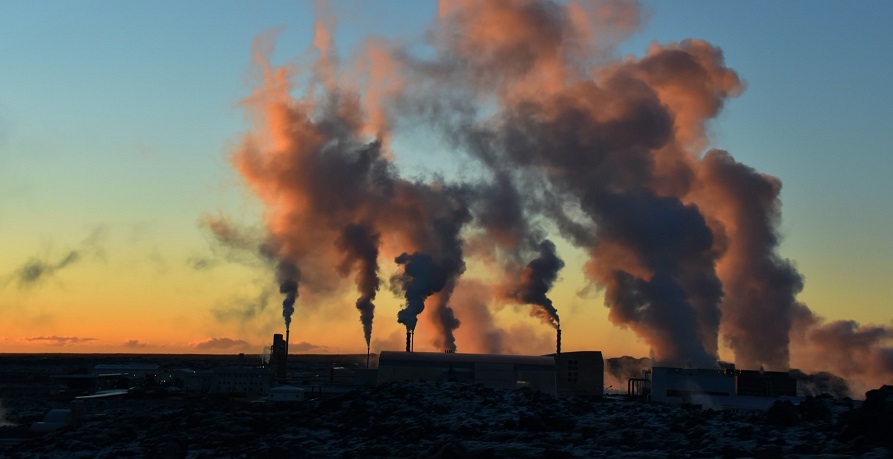
California wildfires are moving faster due to climate change
September 1, 2020Almost two dozen fires have blazed their way through over 1 million Californian acres this year.
Firefighters battling raging California wildfires are facing faster and more frequent blazes because of the impact of climate change.
Scientists are calling the rapidly moving fires that have killed 5 people a clear sign of climate change.
The California wildfires have already led to the deaths of five people and have blazed through over 1,000 structures in the state. Thousands more people have already been forced to leave the area. Over 238,000 people had either evacuated or had prepared to do so when thunderstorms returned to the area mid-week last week, bringing lightning with them that risked sparking all new fires, said officials.
By the end of last week, there were still active fires impacting at least 23 Northern Californian counties. Two of them are estimated to be among the largest the state has ever experienced.
A group of fires called the LNU Lightning Complex Fire, located in Napa and Sonoma counties, have become the second largest wildfire ever recorded in the state. Close by, the SCU Lightning Complex Fire includes a cluster of fires in counties including Alameda, Santa Clara and those nearby and is the third largest recorded in the state.
So far, the active California wildfires have already burned through an area about the size of Rhode Island.
“The scope [of the damage] is absolutely astonishing,” said UCLA climate scientist, Daniel Swain, adding that it is “hard to impress on people just how vast the acreage burned is, especially considering there were no strong offshore winds,” fanning the spread.
The National Weather Service added further red flag warnings for additional thunderstorms through the end of last week. This followed on the heels of a major disaster declaration by President Trump, in order to compete a request made by Governor Gavin Newsom (D) to prop up the Californian emergency resources.
That said, the speed of the flames is considered by experts to be a direct demonstration of the way California is being affected by climate change. The trends toward higher temperatures and less reliable precipitation followed by earlier melting snowpack is bringing  on drier soil and crispy vegetation, making it easier for the California wildfires to spark and spread. Even the moisture in the air is lower due to climate change, said Swain.
on drier soil and crispy vegetation, making it easier for the California wildfires to spark and spread. Even the moisture in the air is lower due to climate change, said Swain.



 With over 15 years of reporting hydrogen news, we are your premier source for the latest updates and insights in hydrogen and renewable energy.
With over 15 years of reporting hydrogen news, we are your premier source for the latest updates and insights in hydrogen and renewable energy.